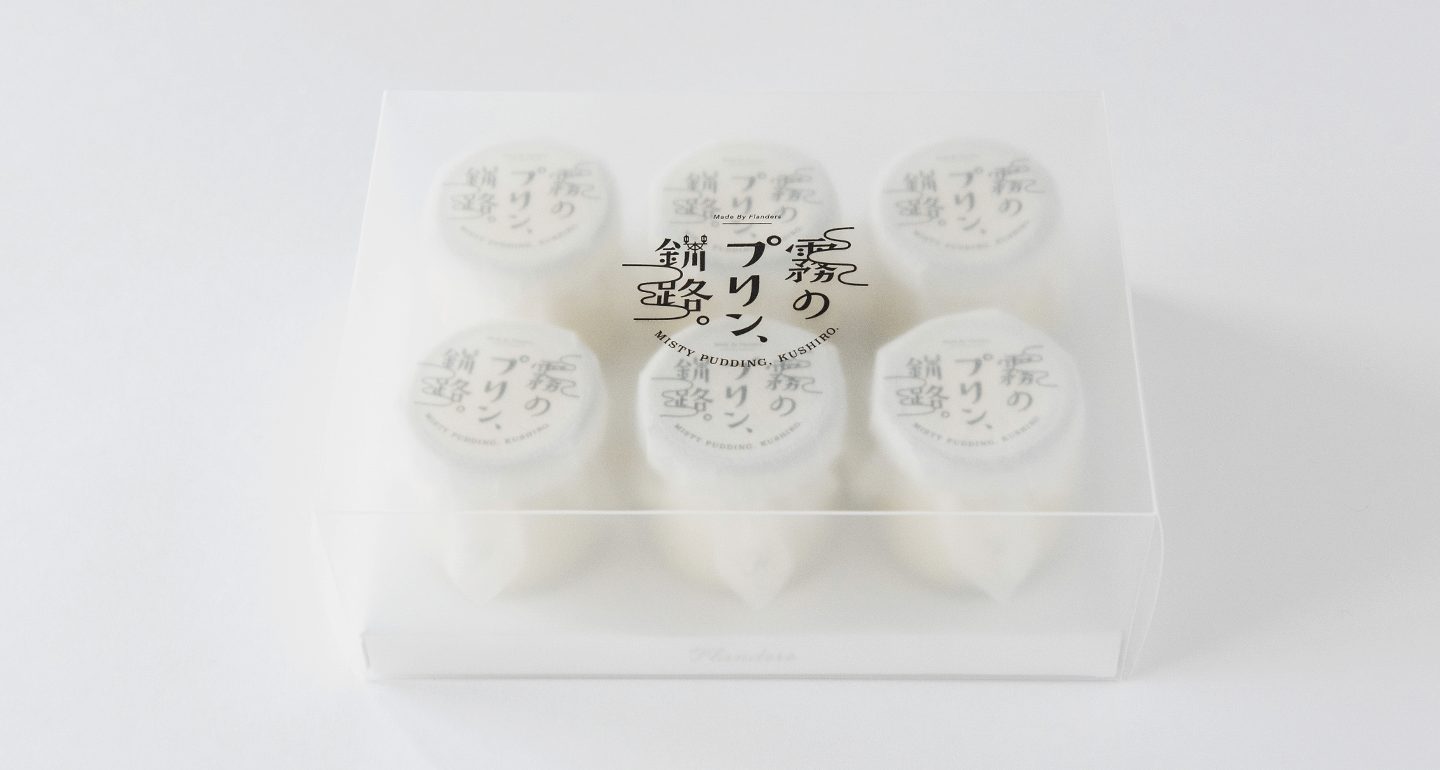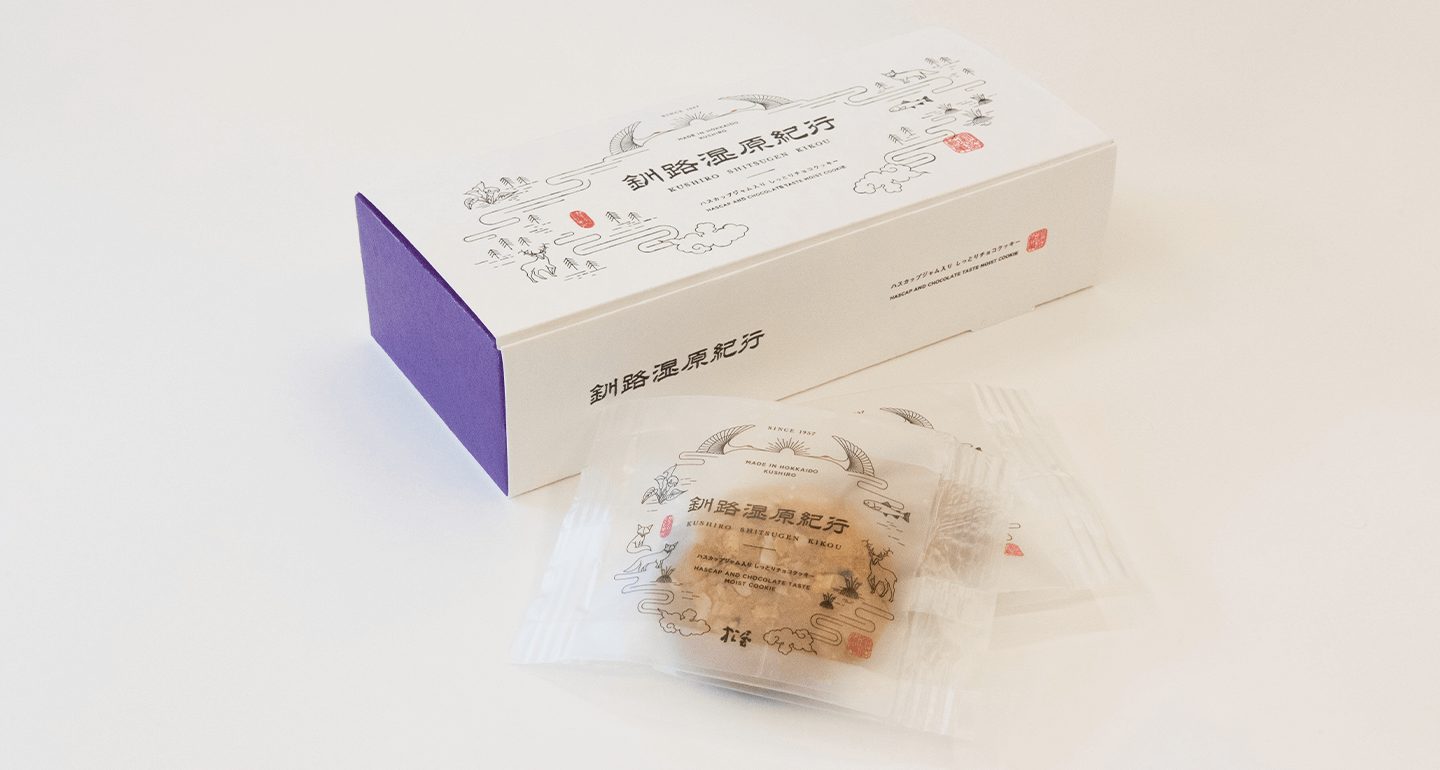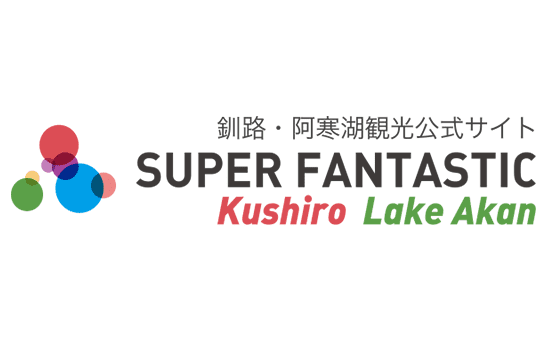ABOUT
#KUSHIRO
Foggy town full of rich nature
Enjoy a vast wetland, beautiful sunset, and fresh seafood
Kushiro is an area that has rich nature, including the largest wetland in Japan, Lake Akan inhabited by spherical alga “Marimo” that is very rare in the world, and two national parks.
There are six flights daily between Tokyo and Kushiro Airport. If you take the express train “Ohzora” from Sapporo, you can enjoy a magnificent scenery of Hokkaido, including the Hidaka Mountains, the Tokachi Plain, and Shiranuka Hills from a train window. Especially in a winter time with little snow, you can see breathtaking scenery created by snow and ice.
Kushiro is also called “Foggy Town,” and town people experience fog about 100 days per year. The landscape of the town covered by thick fog that is seen from spring to summer is mysterious. In addition, Kushiro is very famous for its sunset, which is one of the three most beautiful sunsets in the world. In the fall when we can enjoy more sunny days, many people come here to take a picture of the beautiful sunset around the Kushiro River flowing in the center of the City and Nusamai Bridge.
As Kushiro is a port town, you can eat delicious seafood. Sauries, mackerels, flatfishes, sardines, and cuttlefishes are landed at Kushiro Port and you can enjoy fresh fishes and seafood in this area.
WHERE IS KUSHIRO?
It is about 330 km from Sapporo to Kushiro. While direct flights are available from New-Chitose Airport or Okadama Airport to Kushiro Airport, you can also enjoy a longer journey by car or train: To come to Kushiro, it takes about six hours if you use general roads and drop in at many sightseeing spots by car, or about four hours if you use the JR Express Super Ohzora from Sapporo Station. You can use a rental car or a taxi for moving within the City, or a bicycle or a bus if you would like to feel like a townsperson.
1,363 km²
SAME AS HONG KONG
latitude:KUSHIRO 42.58 N
SAME AS Bishkek 42.87N Vladivostok 43.12N
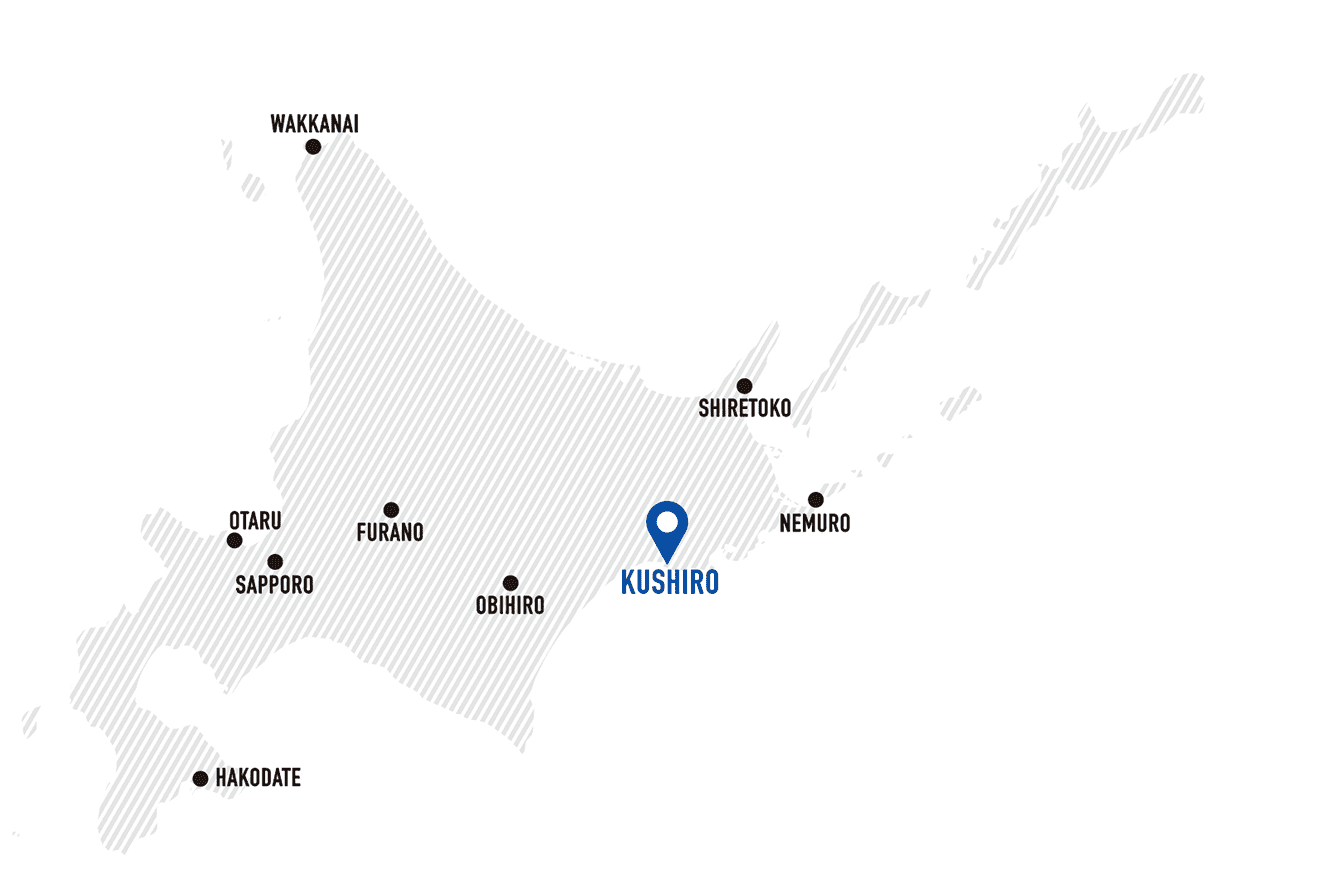
MAGAZINE
KEYWORDS OF KUSHIRO

#FISHING HARBOR

#MIST
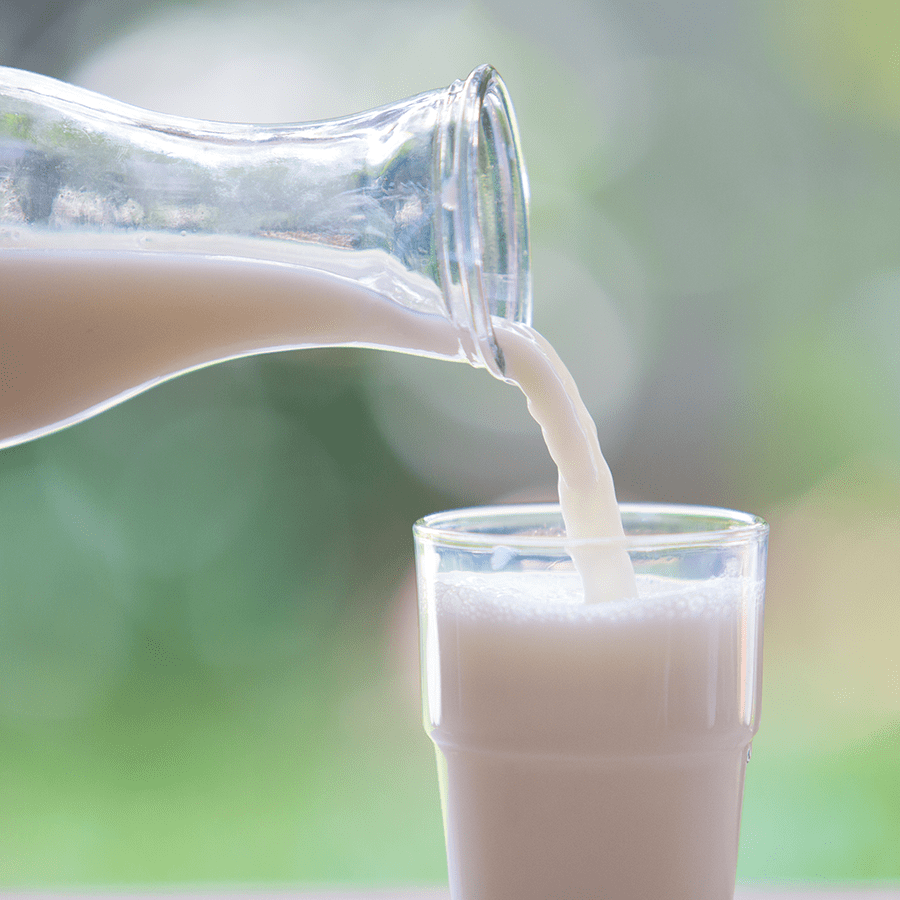
#MILK
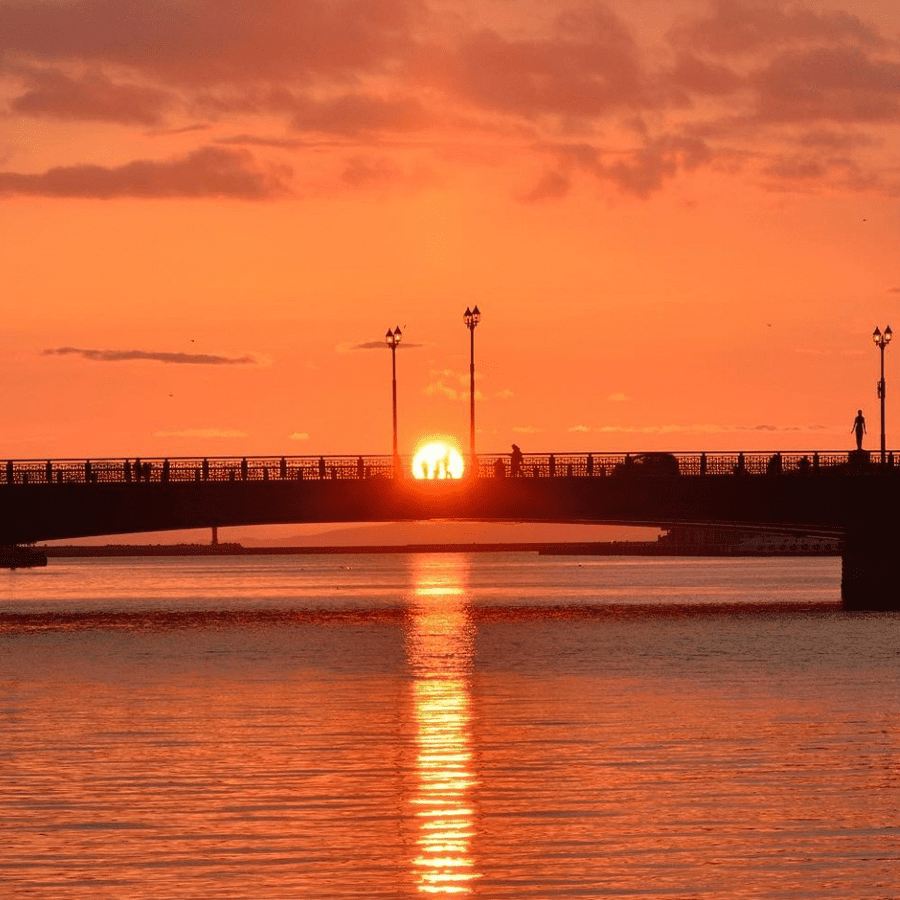
#SUNSET
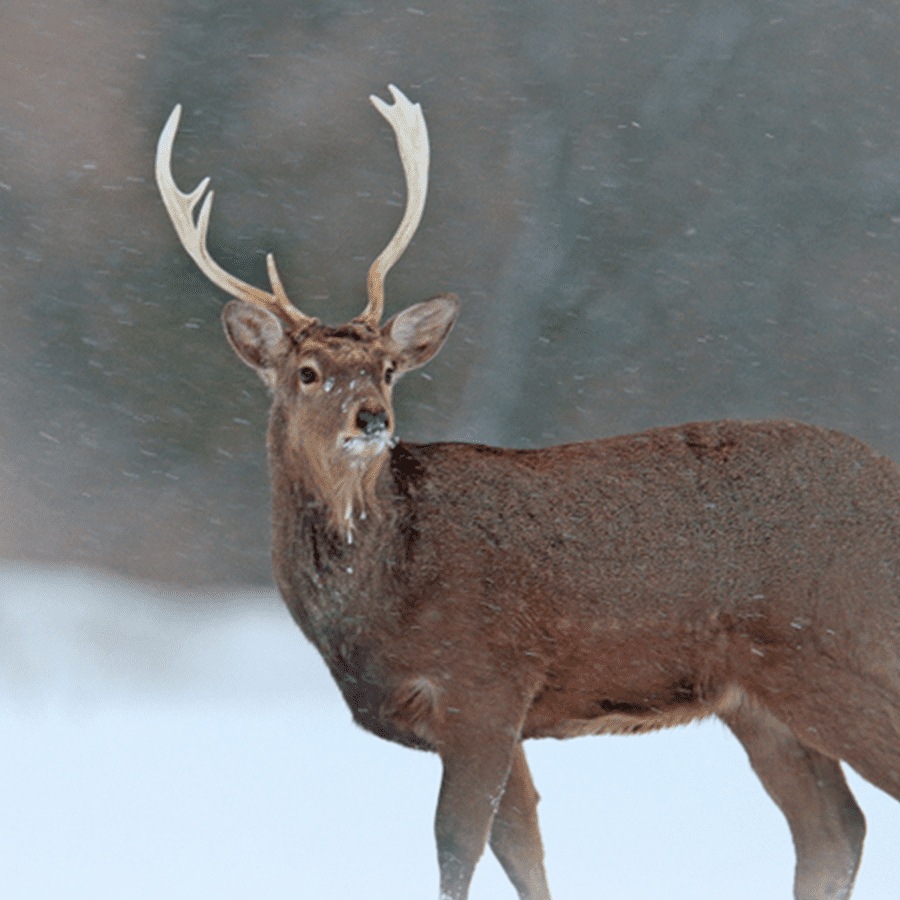
#WILDLIFE

#SOBA
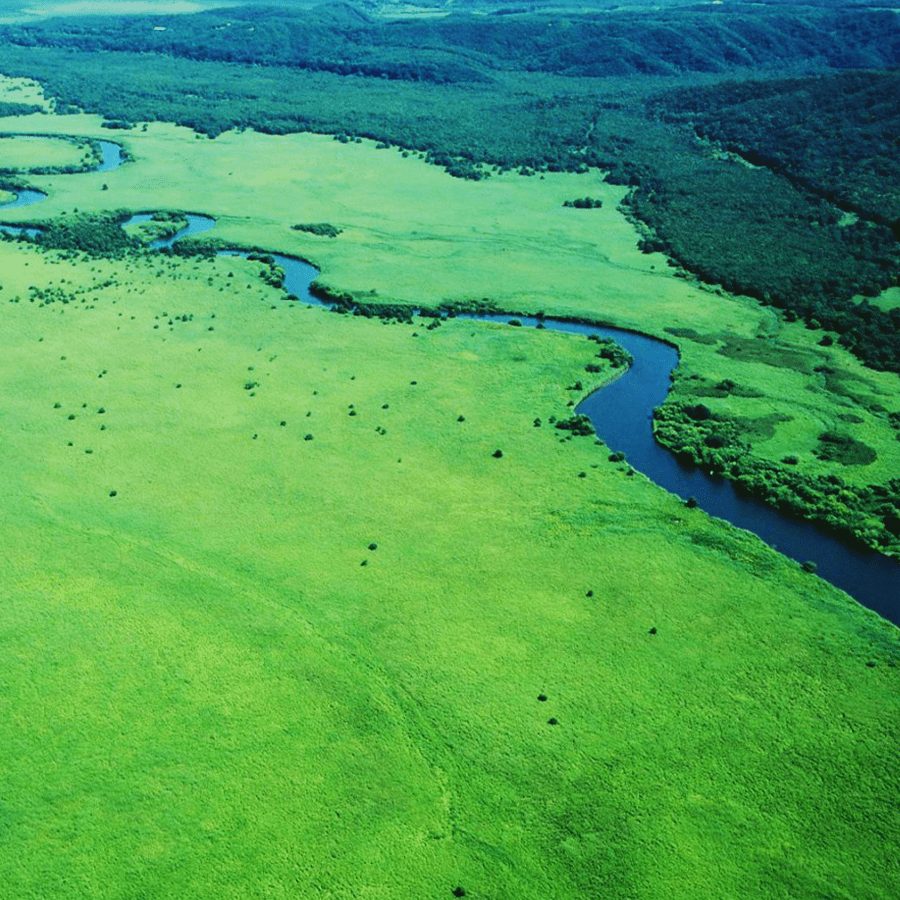
#WETLAND
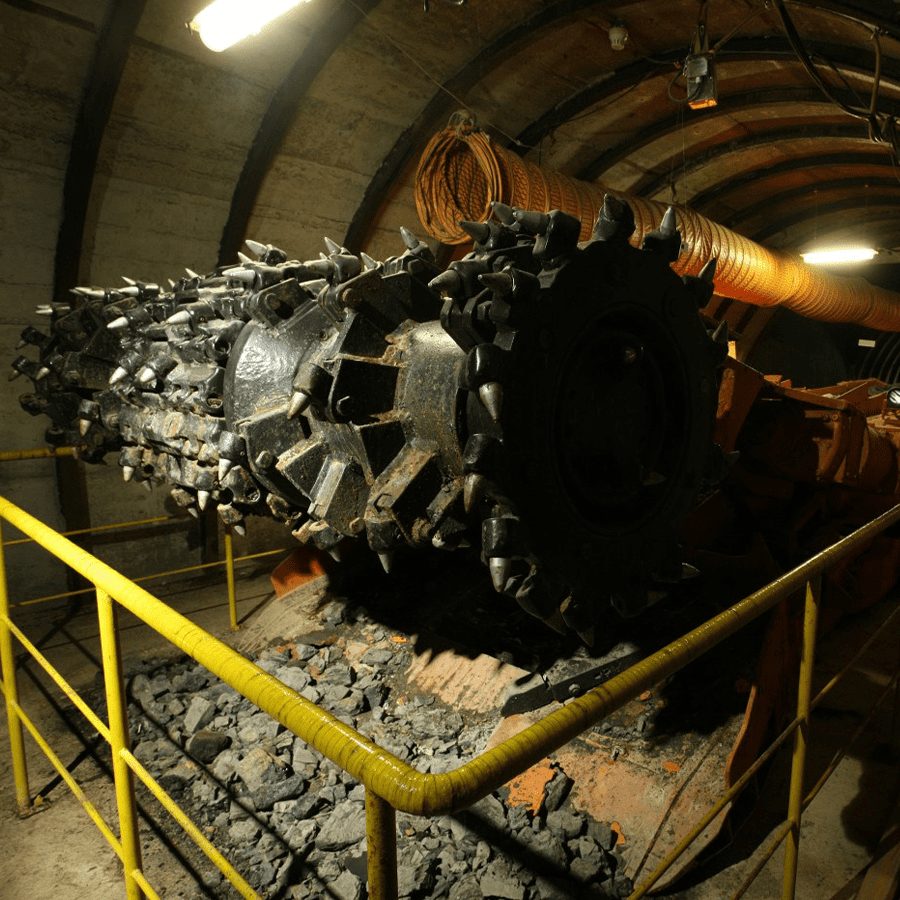
#COALMINE
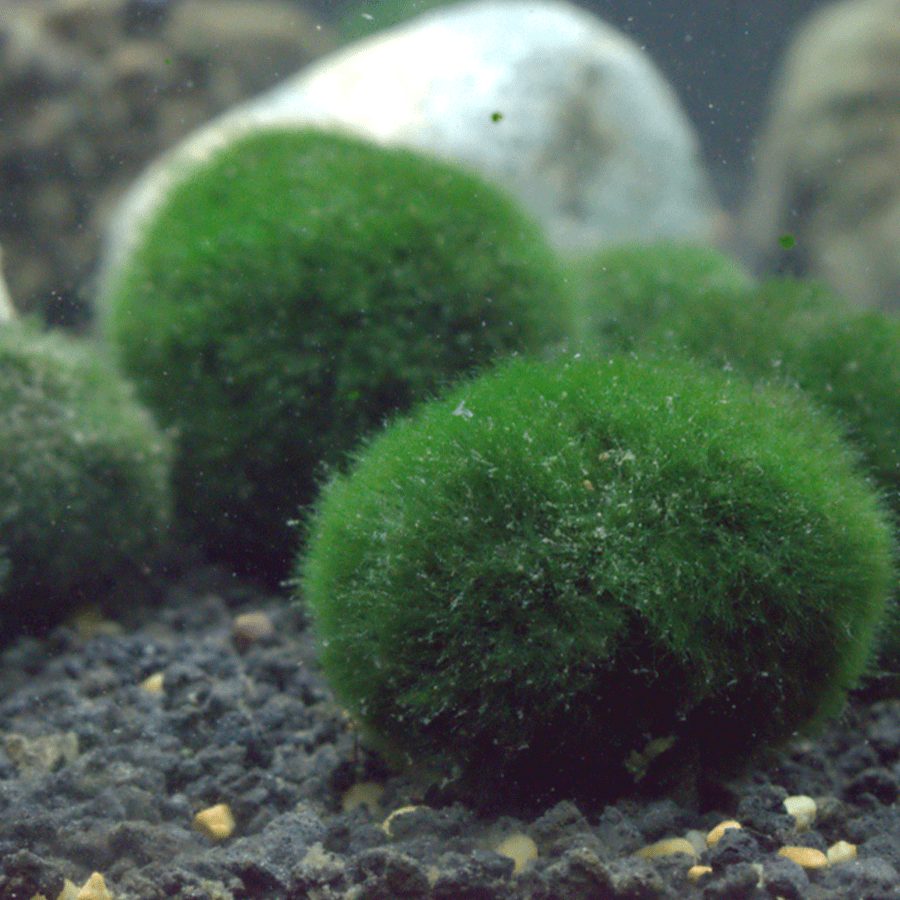
#MARIMO


#FISHING HARBOR

#MIST

#MILK

#SUNSET

#WILDLIFE

#SOBA

#WETLAND

#COALMINE

#MARIMO
GO TO KUSHIRO
CONTACT
HOKKAIDO TO GO PROJECT is managed (lead) by Loftwork Inc. and is commissioned by the Ministry of Economy, Trade and Industry (FY2018 "Project to Boost Consumption by Spreading the Charms of Hokkaido"). Please contact the following for any inquiries you may have such as reproduction or uses of the articles/photos.
Loftwork Inc.
HOKKAIDO TO GO PROJECT Office
Person in charge: Nihonyanagi
03-5459-5123
togo@loftwork.com
